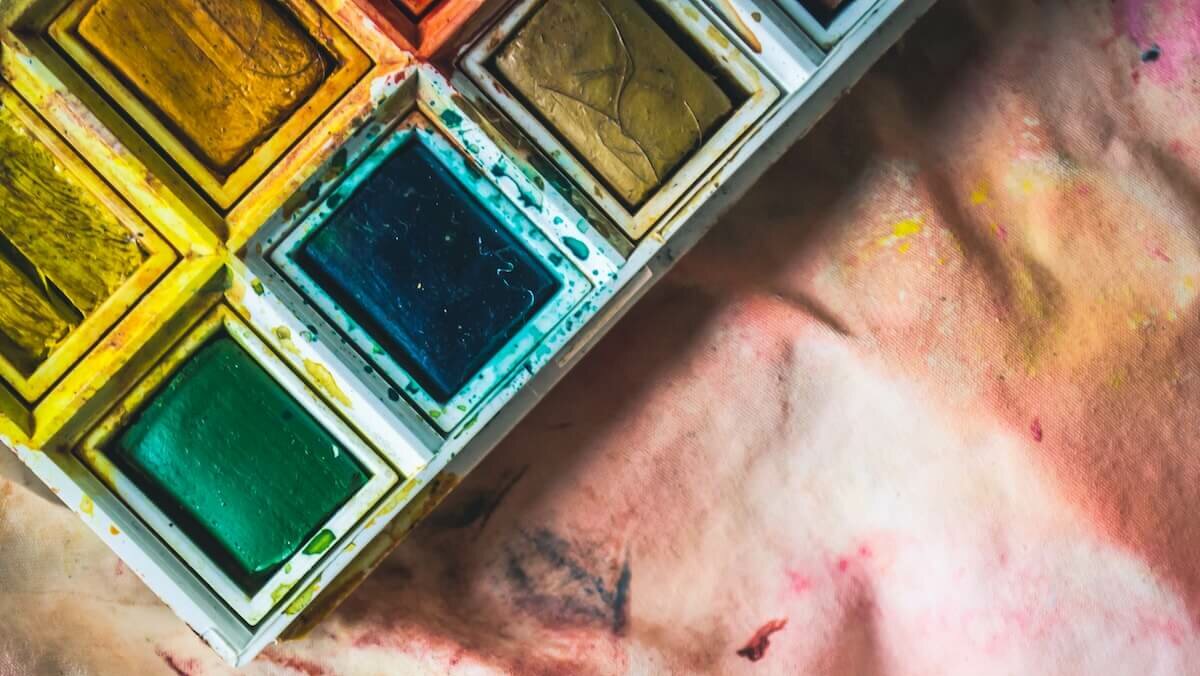Watercolor painting, a beloved artistic medium, is often accompanied by an intriguing but concerning aspect—its distinctive odor. Have you ever pondered why watercolor stinks? This article dives into the depths of this enigma, shedding light on the causes behind the pungent scent of watercolor paints.

As you delve into the world of watercolor painting, you’re greeted not only by a palette of vibrant hues but also by a distinct, sometimes overpowering smell. This article aims to uncover the reasons behind the intriguing and occasionally off-putting scent associated with watercolors.
Understanding Watercolor Composition
Watercolor paints consist of pigments suspended in a water-soluble binder. These pigments are responsible for the colors you see on paper. The binder, usually gum arabic, holds the pigments together and allows them to adhere to the painting surface. While the composition might seem innocuous, it contributes to the scent.
The Role of Volatile Compounds
Watercolor paints contain volatile organic compounds (VOCs), which are chemicals that easily evaporate at room temperature. VOCs are responsible for the aroma that emanates from your watercolor palette. These compounds play a crucial role in the drying process and contribute to the scent you perceive.
Paper, Pigments, and Aromas
The type of paper you use can also influence the odor of your watercolor paintings. Some papers contain their own natural scents, which can interact with the paint’s aroma. Additionally, certain pigments, especially organic ones, might emit odors as they interact with the paper and binder.
Drying Process and Olfactory Perception
As watercolor paintings dry, the water and solvents in the paint evaporate, leaving behind the pigments and binder. This process intensifies the release of VOCs, leading to a more noticeable scent. Your olfactory perception becomes heightened as the concentration of these compounds increases.
Chemical Reactions and Scent Evolution
Complex chemical reactions occur within the watercolor paint as it dries. These reactions can alter the composition of the pigments and binder, leading to changes in odor. The interaction between pigments, binders, and other components contributes to the evolving aroma of watercolor paintings over time.
Comparing Watercolor Odor to Other Paints
Watercolors are not alone in emitting scents. Oil paints and acrylics also have distinctive odors, each with its unique characteristics. Watercolors tend to have a lighter smell compared to oil paints, which contain more potent solvents. Acrylics, being water-based like watercolors, emit a milder scent, but they can still have an aroma.
Minimizing Watercolor Odor
To minimize the odor of your watercolor paintings, ensure proper ventilation in your workspace. Use high-quality, professional-grade watercolors that contain fewer fillers and additives, which can contribute to the smell. Experiment with different paper types and pigments to find combinations that produce less noticeable aromas.
Embracing the Artistic Experience
While the odor of watercolor paints might be perplexing, it’s an integral part of the artistic experience. Embrace the sensory journey that watercolor painting offers. The smell, much like the colors and textures, contributes to the overall ambiance of creating art.
How can I reduce the odor of my watercolor paintings?
Ensure good ventilation in your workspace, opt for professional-grade watercolors, and try using different paper and pigment combinations to find ones with less noticeable odors.
Are there odorless watercolor alternatives?
While there are watercolor products marketed as “odorless,” they still contain some level of scent due to the nature of the pigments and binders used.
